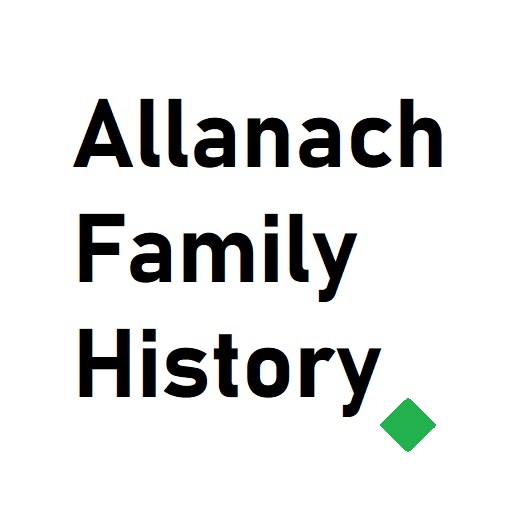It sounds too fanciful an idea to be true – that a tenant farmer called ‘Allanach’ from a remote Scottish glen would be the subject of a song title by a famous Austrian composer in faraway Vienna in the 1700s.
So what is the truth behind this story? I didn’t have a name of the song, or the name of a composer, or indeed the name of the Allanach in question, but given every Allanach story I have researched so far has turned out to be true, I optimistically set out to establish the facts in this case, but mindful that facts might suggest otherwise.
Did famous composers write music about Scotland?
Back in the 1700s and 1800s, Scotland was thought of as an exotic, faraway land, essentially the Korean K-POP of its day!
The rich musicality of Scotland, and especially the corner of the North East where the Allanachs originate from, drew the attention of Edinburgh publishers, who in turn corresponded with Austrian and German composers to repackage their songs for a broader European audience.
One such example is La Sylphide, one of the word’s oldest surviving ballets, which features a Jacobite farmer and characters from Scottish folklore.
So there was a definite interest in Scottish culture at the time and a demand/ audience wanting to hear it.
In fact, it might be the case that the influence Highland and Gaelic music had on 18th century Europe might be more profound than thought; this recent BBC documentary explores whether some of Beethoven’s songs might have simply been copy and paste reworks of existing Scottish folk songs.
But in answer to the question, Austrian composers definitely wrote about Scotland in this time period. First test passed!
Did an Austrian Composer write about Glen Nochty/ Glenbuchat?
The quick answer here is yes!
After hearing the story, and finding out that Austrian composers did regularly use songs from Scotland in the 18th century, I looked for any songs with a connection to Strathdon.
A song called ‘John of Badenyon’ written by Reverend John Skinner has links to Glen Nochty/ Glenbuchat stood out as having links to the area where the Allanachs lived.
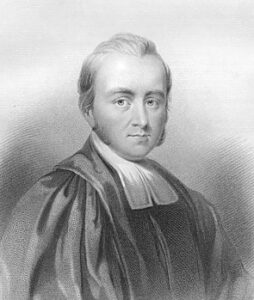
Skinner was also known as ‘Tullochgorum’ after his most famous song – a song which was hailed by Robert Burns himself as ‘the best Scots sang I ever saw’. Born in 1721, he became a religious minister; a somewhat dangerous occupation at the time. In consequence of the Jacobite rebellion in 1745, Skinner’s church was burnt by the British redcoats; his house was plundered; for some years he had to minister to his congregation by stealth; and in 1753 he suffered six months’ imprisonment for having officiated to more than four persons besides his own family.
His other famous song – ‘The Ewie wi’ the Crookit Horn’, literally meaning the ewe with the crooked horn, but also a euphemism for a Whisky Still that was used in illegal distilling shows a familiarity with local dialect and custom.
Badenyon is the name of a farm steading/ clachan neighbouring Glen Nochty so a very definite link to where the Allanachs lived and worked, and it appears on the list of works by the Austrian Composer Joseph Haydn.
As such, the second test is passed!
Tullochgorum remains a popular tune to this day – this Youtube video has half a million views, and the song has also been covered by the likes of Dougie Maclean.
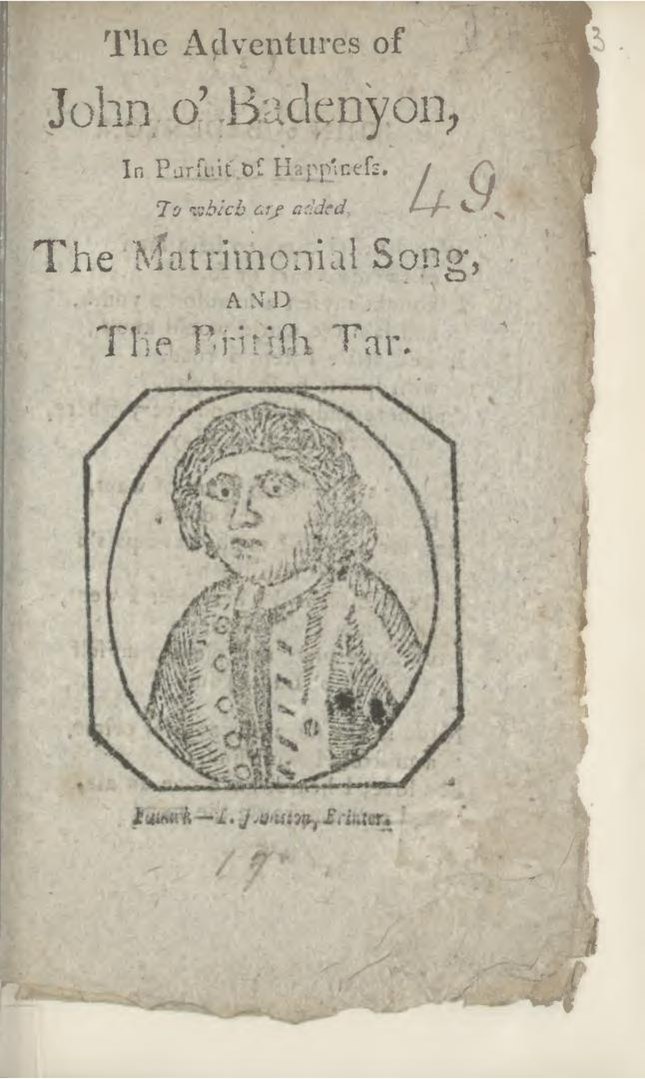
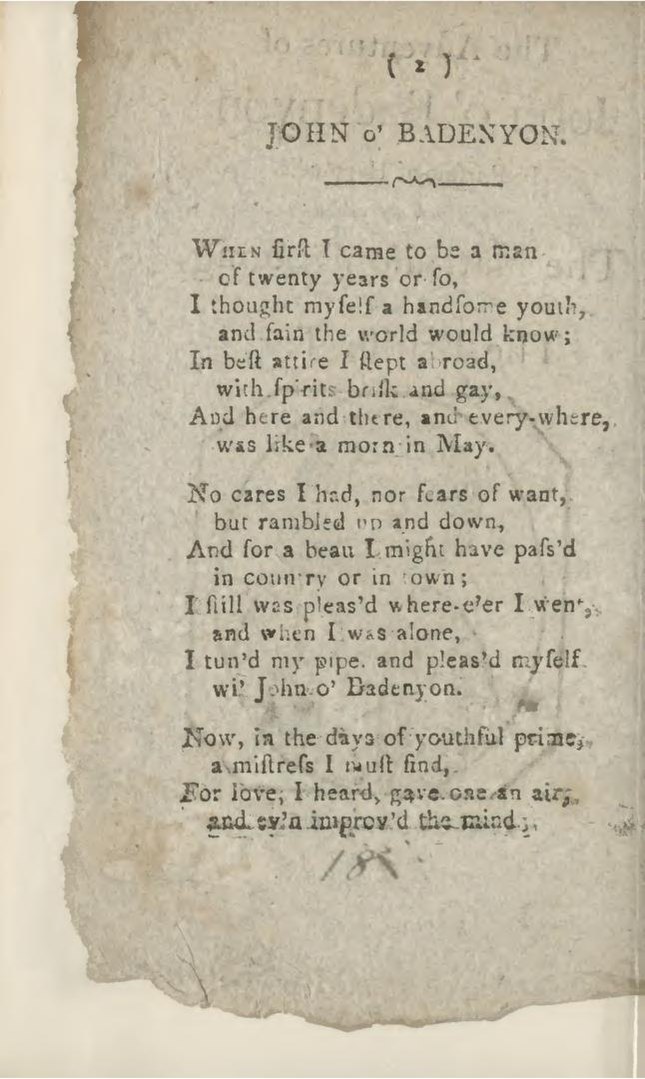
Was John o’ Badenyon an Allanach?
It is certainly true that Badenyon (7) below and Aldachuie (2) were neighbouring clachans (farm steadings) and that Allanachs would have lived and worked at both farms (though primarily based at Aldachuie and Tolduquhill (1).

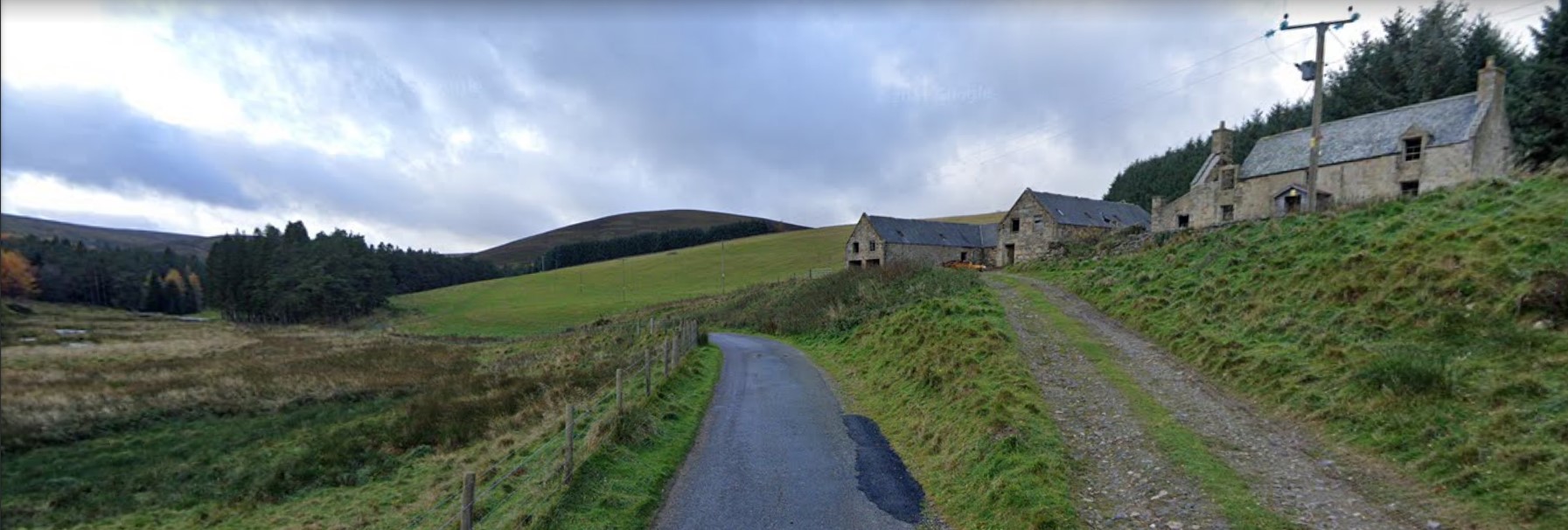
Above – Bandeyon as it appears today with Aldachuie and Tolduquhill just over the hill
It is also true that there were Allanachs named ‘John’ living in this area in the 1700s. We know this from the sporadic records of the time and also from the 1696 Poll Book which records several John Allanachs living in Invernochtie (Glen Nochty and Strathdon).
Sadly we do not know however when John O’Badeyon was written, and whether Skinner was referring to a contemporary person, or to someone who had lived in the past.
The only reference I can find as to the identity of John (of Badenyon) is in a songbook from 1899, called ‘Vagabond Songs and Ballads of Scotland’. The extract below shows that even in the 1800s, there was debate as to the identity of John, exploring and dismissing the possibility that ‘John’ was the family Bible. Per the conclusion reached in the extract below, my belief is that ‘John of Badenyon’ was either the name of an existing composition for the pipes named after a local farmer, or that it was a reel made popular by a local farmer who played the pipes whom John Skinner knew.
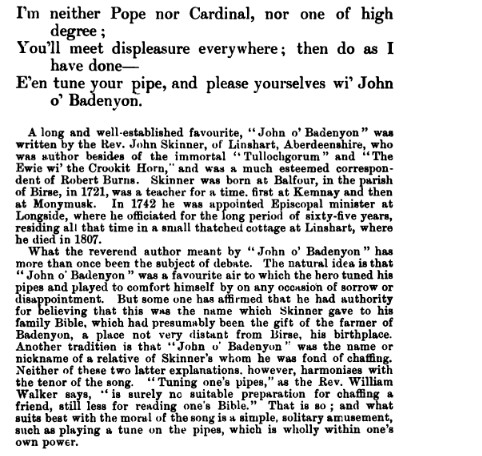
Either way, the trail leads back to a farmer or farmhand from Badenyon called ‘John’. Given the scarcity of records from the time, it would likely be impossible now to determine who exactly was living in Badenyon at any given time prior to 1750, let alone if an Allanach lived/ worked there and was the subject of the song. All, we can say is that Haydn definitely wrote about a farmstead in the immediate area where the Allanachs lived based on Skinner’s work, and that there were Allanachs called ‘John’ working as farmers at the time.
It is sad that the facts led this far without a conclusive ending, but at least these facts show that this family story could well be true!
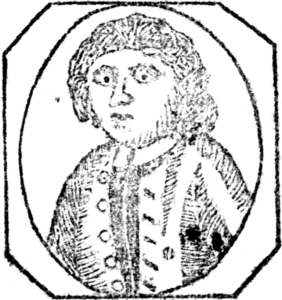
Lastly, (and most importantly!) how did the song sound? Well – here’s three variants below; how Haydn wanted it played, how it is currently played in Scottish pubs and ceilidhs, and lastly how it sounds at more formal Scottish ceilidh meets.
Firstly, how Haydn intended the song to be sung :
And this is how it would sound in a pub on Skye!
And finally a more formal Scottish style of the song from the Royal Scottish Country Dance Society
